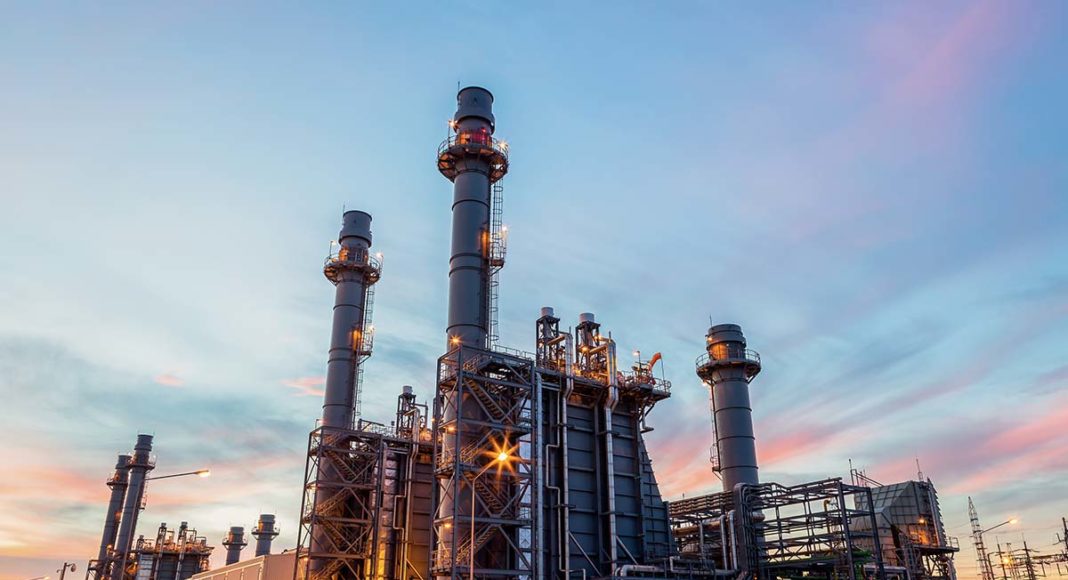Demand destruction wrought by the impacts of the global pandemic is precipitating rapid rationalization in the refining sector as the industry adjusts the level of refining capacity needed compared to what had been expected prior to the pandemic, IHS Markit said on Tuesday.
The latest IHS Markit refined products demand outlook shows that the refining industry would need to shutter some 3.1 million barrels per day (MMbd) of distillation capacity in North America, Europe and Asia-Pacific, with additional closures expected in other regions, in order to return utilization rates to long-term historical averages.
The industry is moving swiftly. Nine refineries have already announced their intention to close since the onset of the pandemic. Another six refineries are officially under “review” by their respective owners.
According to IHS Markit, these 15 refineries have a collective distillation capacity of more than 1.7 MMbd—but that still means another 1.4 MMbd of excess capacity remains.
“A refining industry that was intended to accommodate a certain level of global demand must now contend with what is expected to be a significantly lower amount of it,” Rob Smith, Director at IHS Markit said. “Rationalization that would have been spread out over the coming decade will now be compressed within the next few years. What was expected to be a long, slow adjustment has become an abrupt shock.”
Prior to the pandemic, IHS Markit forecasted that global refined product demand would peak at around 94.5 MMbd in the mid-2030s. That peak level is now expected to be 91.1 MMbd.
Impacts to demand in the medium term will be especially acute. Consumption of refined products is expected to average 4.7 MMbd less during 2021 to 2025 than what was anticipated pre-pandemic.
Adding to the excess capacity challenge, new refineries are still being constructed in markets such as Asia and the Middle East, where product demand is growing and/or government policy is encouraging the industry.
IHS Markit expects that more than 8 MMbd of new refining capacity will be completed over the next decade. More than half of this total (some 5 MMbd by 2025) is from projects that are already under construction or are highly likely to move forward.
“The geographic distribution of the coming rationalizations will understandably mirror regional demand forecast trends,” Smith pointed out.
He said Europe, North America, and OECD Asia—three regions that have already reached peak demand—can be expected to absorb the bulk of the impacts from the refining industry’s ‘great shakeout’.
At the same time, 8 MMbd of new capacity will be added in markets that will continue to grow, Smith said.



